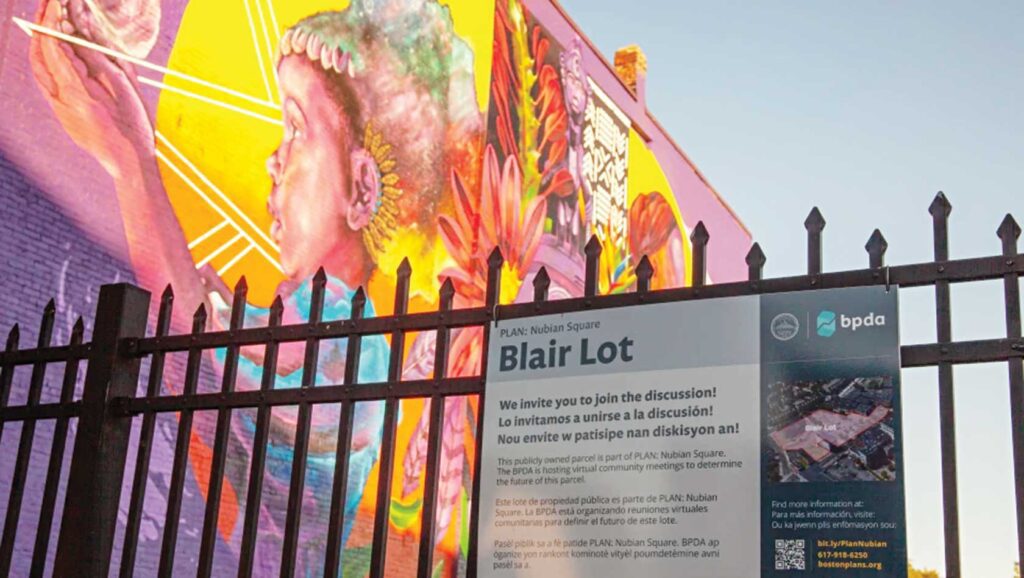Boston’s Chief of Planning Arthur Jemison on the future of affordable housing

In the city of Boston, there is one agency that might have more power than anything else over what you see around you: the buildings, parking lots, apartments and parks that shape your neighborhood.
That agency is the Boston Planning and Development Agency, also known as the BPDA. And for roughly 70 years, it’s operated separately from the rest of city government. But Mayor Michelle Wu wants to change that, bringing it all under one roof, under one person.
“What it will change primarily is it will allow there to be the oversight of democratically elected officials through the Boston City Council, something that hasn’t been part of the way the agency’s operated for almost those entire 70 years,” said Arthur Jemison, the city’s chief of planning. “And there’s a level of trust that comes from knowing we have the oversight of the elected officials of the city, that isn’t the same basis of the heritage and history of the agency as we are currently constituted.”
The BPDA is at a crossroads with this ordinance being considered by the City Council. The city itself is at a crossroads too, with some major development in recent years, alongside skyrocketing housing prices and changing demographics in Boston.
“One of the big challenges we have is not just a challenge for Boston, but it’s a challenge even outside of the city, which is creating a predictable system of development that allows the things that we need desperately — workforce housing and affordable housing — to be as of right, as we say in the development industry,” Jemison said.
“As of right” means that development can fall under existing zoning or bylaws, without requiring special permits or waivers to move forward.”
“Right now, that sort of network and system of rules and sort of the path of a successful development project are very complicated,” Jemison said. “And they’re much more complicated here than they are in many other parts of the country.”
Jemison cited an initiative called Squares and Streets, in which the city is trying to create zoning that allows for more housing in areas of the city that have more accessible public transit.
Building more housing around transit centers in Boston is something that most transit advocates and affordable housing advocates would celebrate, but it’s also something that sometimes spawns stiff opposition from people who don’t want to see their neighborhoods changing.
“I think that there’s got to be a way, and I think we’re trying to show the path to do it,” Jemison said.
In his experience, he said, residents are most concerned about unwieldly processes over which they have no control or opportunity for input.
“I can name meetings in just about every neighborhood we recently approved plans in, whether it’s East Boston or Charlestown or Newmarket or Mattapan, where there’s a sense that, you know, individual cases going to the Zoning Board of Appeal is what’s driving development,” he said. “So, creating a predictable system is something I hear a lot about from citizens. It’s also something I hear a lot about from development interests.”
The common thread, he said, is a desire for predictability in the development process.
So what does Jemison’s dream of Boston look like?
“I would love for there to be abundant housing at all levels for people in the city,” he said. “I would love for us to have taken some of the steps required to protect our coastline from the effects of climate change and the way that water levels are going to rise. I’d love for us to do that in a way that creates the kind of edge between our neighborhoods and the water that people can come to, congregate, celebrate in.”
Jeremy Siegel is co-host of Morning Edition at GBH News.







